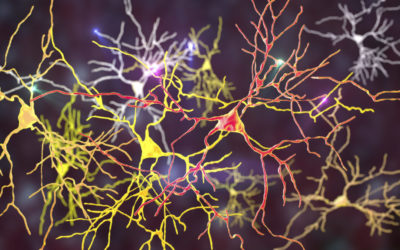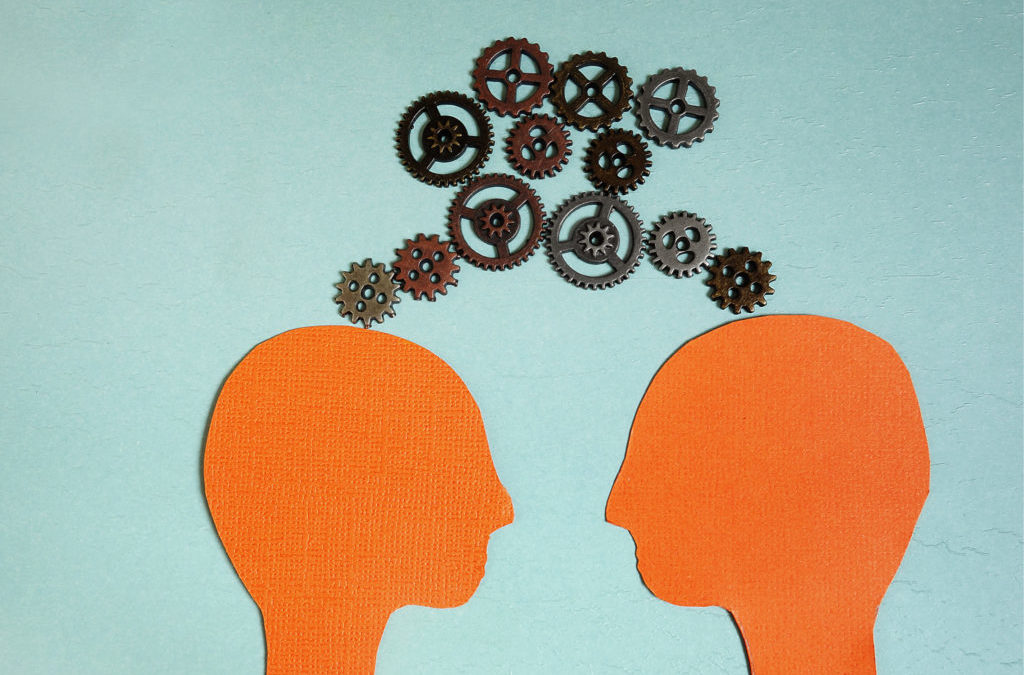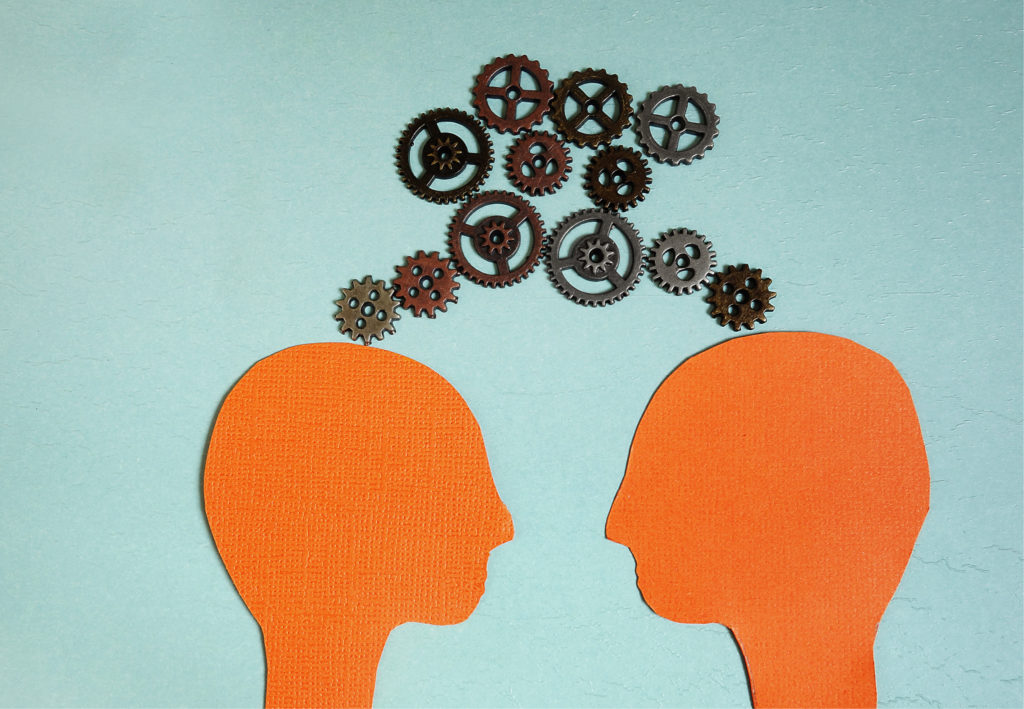Different areas of the brain are associated with empathy – this new research shows how brain regions synchronise to induce empathic responses.

Unpredictable Parents Disrupt Brain Circuitry in Children
Quick Hits
Daily brief research updates from the cognitive sciences

Intuitively we all know that good parenting is essential to kids’ healthy development. We all agree on that. But as soon as we try to define what good parenting is we then enter into controversial territory with diverging opinions, multiple lines of differing research, and some of the world’s best-selling books. In the USA the legendary Dr Spock’s “The Common Sense Book of Child and Childcare” still ranks as one of the best-selling books of all time.
However, research has slowly built up a solid base of what it needs to bring up children. The “all you need is love” philosophy proving to be extremely robust. Research into various animal models shows that offspring who receive more care developed better but also research into the brain shows that the brain responds by building more connections, and having healthier, or better formed, brain cell populations and networks.
I have written about the dramatic impacts on upbringing, which are particularly obvious when conditions are dire. So, the research is painting a clearer picture here. But this latest piece of research out gives us a clue to something else that seems to be critical – and many may already have worked out and intuited.
What is this?
It is about predictability or consistency of parenting. And in particular the focus on this study was on how this impacts brain circuits.
What did they find?
The researchers at the University of California Irvine compared brains of offspring in mice that were put into maternal care situations which had the same level of care but in one group the maternal behaviour was less predictable.
They found that this impacted the maturing brain at critical nodes impacting connectivity in key regulatory and emotional circuit nodes. This suggests that unpredictable parenting is associated with deficits in emotional control and behaviours. That’s really important to know.
This shows that care itself is not enough. Love and care is very good, but predictably seems to be something that is essential for healthy brain development. Something that is present in our SCOAP model with the “O” standing for Orientation which includes having a clear understanding of the world around us and this is clearly strongly formed in the developing brain by predictability of parents.
But I wouldn’t put this down to just parenting – predictability and consistency in behaviour is just as important in business as it is parenting. But if you brain hasn’t developed healthily in the first place, then it may be too late●

Andy Habermacher
Andy is author of leading brains Review, Neuroleadership, and multiple other books. He has been intensively involved in writing and research into neuroleadership and is considered one of Europe’s leading experts. He is also a well-known public speaker speaking on the brain and human behaviour.
Andy is also a masters athlete (middle distance running) and competes regularly at international competitions (and holds a few national records in his age category).
Reference
Matthew T. Birnie, Tallie Z. Baram.
Principles of emotional brain circuit maturation.
Science, 2022; 376 (6597): 1055
DOI: 10.1126/science.abn4016
More Quick Hits
Developing Self Control in Children
Surprising Discovery on the Social Brain
Different areas of the brain are associated with empathy – this new research shows how brain regions synchronise to induce empathic responses.
How Emotional Satisfaction (not “Happiness”) Improves Students’ Grades
Different areas of the brain are associated with empathy – this new research shows how brain regions synchronise to induce empathic responses.
The Little Known Brain Cells that Help You Stay Awake and Keep Your Brain Active
Different areas of the brain are associated with empathy – this new research shows how brain regions synchronise to induce empathic responses.
Unfair! Brain Circuit for Fair Rewards Identified
Different areas of the brain are associated with empathy – this new research shows how brain regions synchronise to induce empathic responses.
Brain Cells of Males and Females Respond Differently to Stress
Different areas of the brain are associated with empathy – this new research shows how brain regions synchronise to induce empathic responses.













